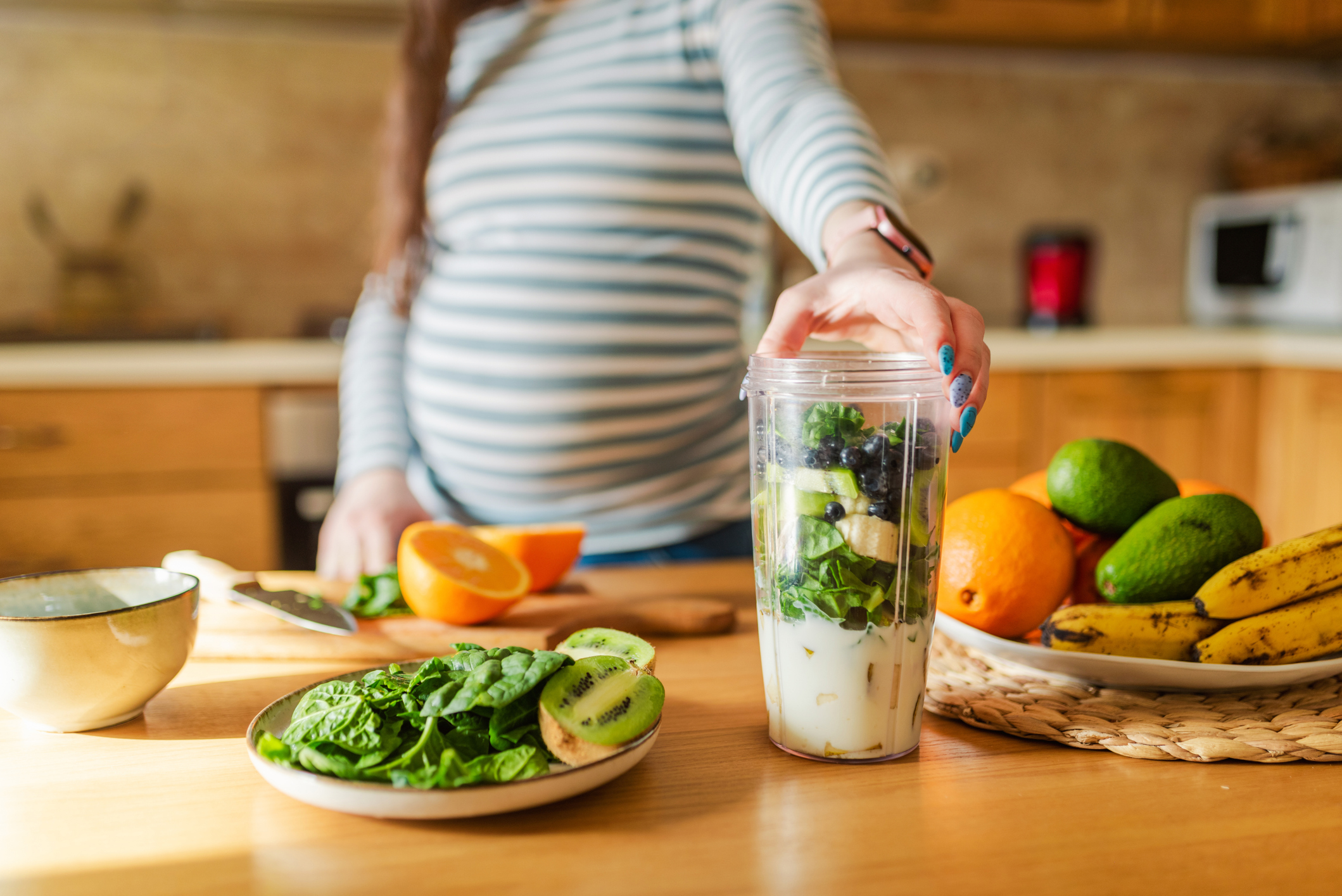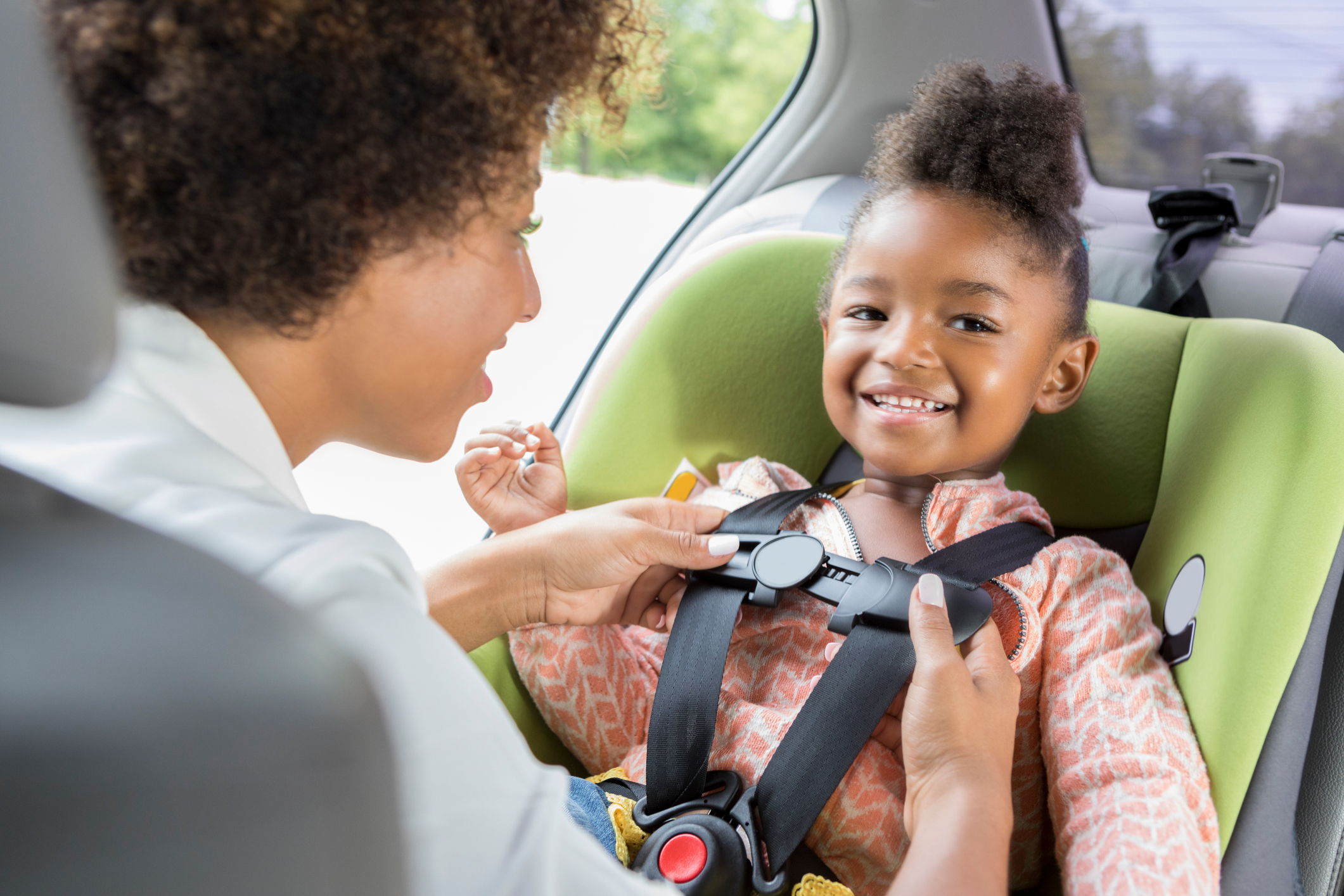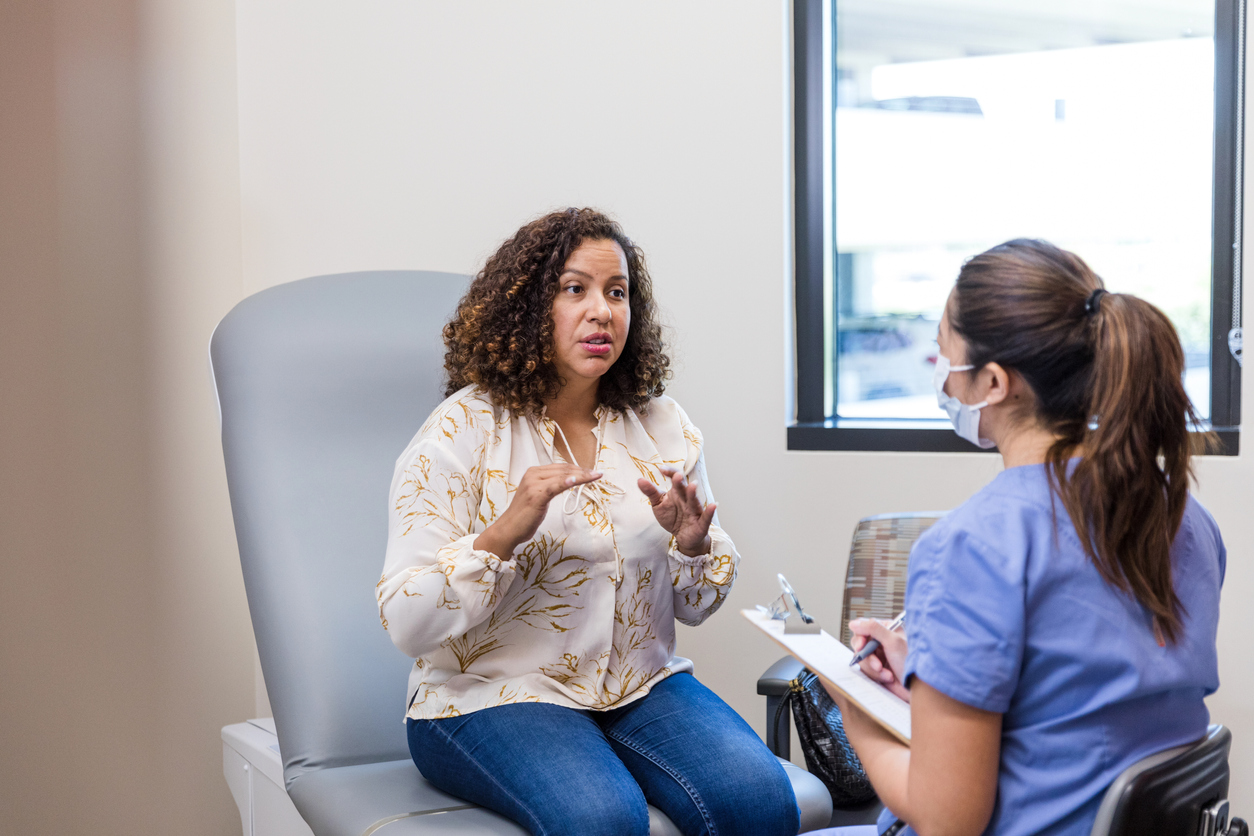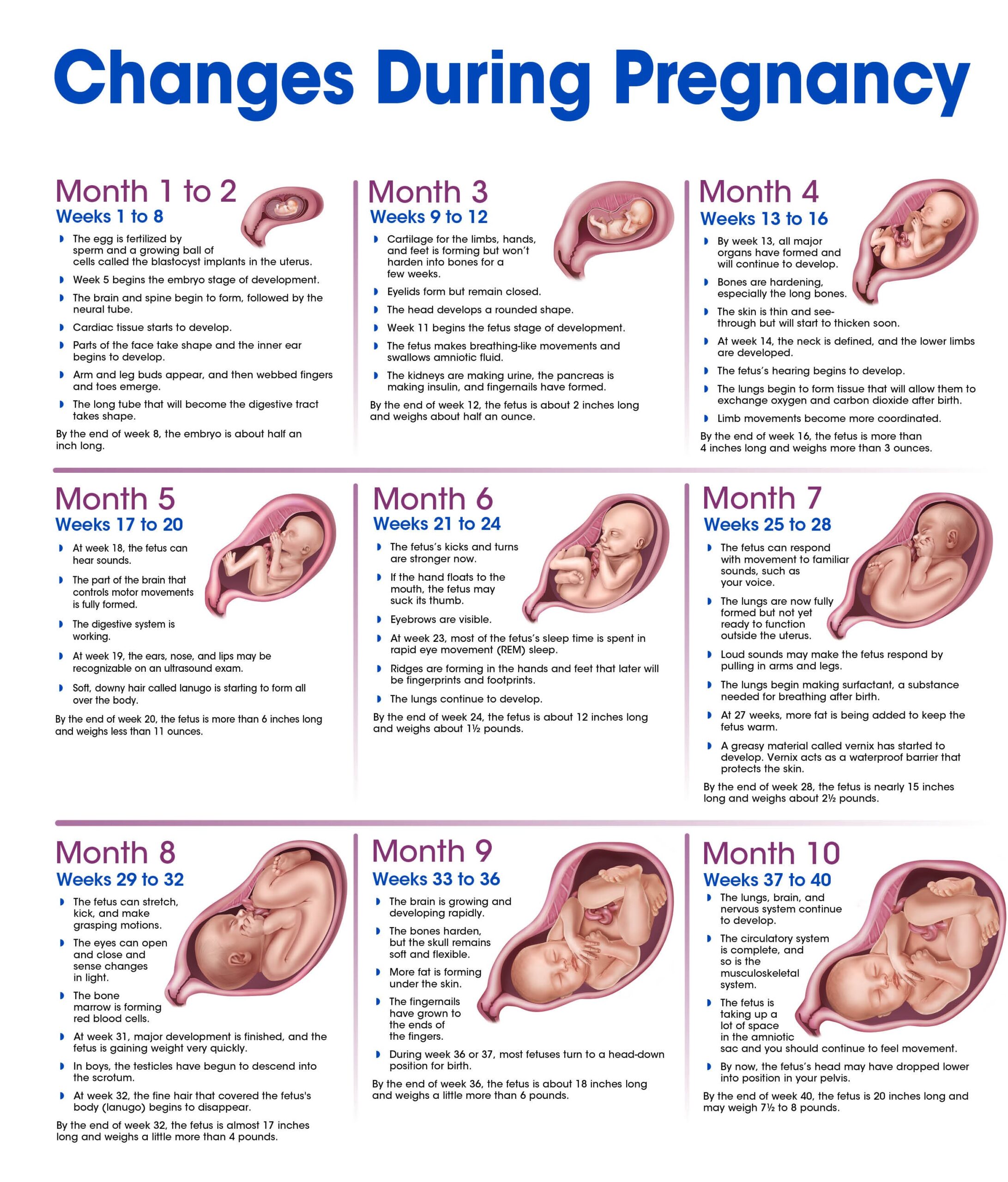In honor of Yoga Awareness Month, we’re highlighting how yoga can benefit women across the lifespan, from early adulthood through pregnancy, and beyond. At Cheyenne OBGYN, we believe in the power of holistic approaches to support women’s health, and yoga offers a simple, down-to-earth way to stay healthy, both mentally and physically. Whether you’re new […]
Category: Uncategorized
Essential Steps for a Healthy Pregnancy
Ensuring your body is in good condition before conceiving can greatly impact your pregnancy experience and your baby’s overall health. It is an exciting and joyful time when embarking on your pregnancy journey, so make sure to set yourself up for a healthy start. There are essential steps below to take before conceiving to help […]
How To Nourish Your Body And Your Little One
Dietary Advice For Moms-To-Be Eating the right foods and getting the correct amount of nutrients is incredibly important when you are expecting. As you start this beautiful journey of pregnancy, choosing healthy dietary options is important to maintain nourishment and physical health for you and your baby. Below are some tips and advice for what […]
Ensuring Car Seat Safety: Tips for National Safety Month
At Cheyenne OBGYN, the safety and well-being of your children are our top priorities. National Safety Month is an excellent time to focus on car seat safety, a crucial aspect of child protection that can often be overlooked. Proper use of car seats significantly reduces the risk of injury in the event of a car […]
Understanding Migraines in Women: Hormonal Triggers and Managing Attacks
Women are disproportionately affected by migraines, and one significant factor contributing to this is fluctuating hormones. At Cheyenne OBGYN, we understand women’s unique challenges with migraines and are here to offer insight and support. The Hormonal Connection Hormonal changes, particularly fluctuations in estrogen, play a crucial role in triggering migraine attacks. Estrogen levels vary throughout […]
Embrace Safe Risks for Living Life to the Fullest!
June is National Safety Month! This month, we want to highlight how women can take safe risks to optimize life enjoyment, ensuring a balance between safety and living life to the fullest. June marks National Safety Month, an important time to focus on practices that enhance safety and well-being. At Cheyenne OBGYN, we believe embracing […]
Nurturing Women’s Mental Health: Dispelling Myths and Embracing Wellness
Mental well-being is a cornerstone of vitality, resilience, and empowerment. Yet, despite its profound significance, mental health remains shrouded in myths and misconceptions, particularly regarding women’s experiences. As advocates for women’s wellness, addressing these misconceptions head-on and fostering a culture of understanding, compassion, and support is imperative. Myth #1: Depression Medication is a Sign of […]
Understanding Menopause
Menopause, a natural phase in a woman’s life, brings with it a range of changes and uncertainties. Defined as the cessation of menstruation for 12 consecutive months, it marks the end of a woman’s reproductive years. This transition is often accompanied by various physical and emotional symptoms, ranging from hot flashes to mood swings. There […]
Your Pregnancy Journey
“As women embark on the incredible journey of pregnancy, each stage brings its own set of joys, challenges, and milestones,” says Dr. Natalie Howard, MD, obstetrician and gynecologist. “From the discovery of a positive pregnancy test to the awe-inspiring moments of feeling the baby’s first kicks, pregnancy is a time of unparalleled wonder and anticipation.” […]
Prioritizing Reproductive Wellness: Comprehensive Care for Women
“The significance of reproductive wellness cannot be overstated. Pursuing good reproductive health lays the foundation for a lifetime of vitality and resilience,” states Dr. Austin L. Barnes, MD, emphasizing the importance of holistic care for women at every stage of life. Adolescence: Empowering Young Women for a Healthy Future “The transition into adolescence marks a […]










